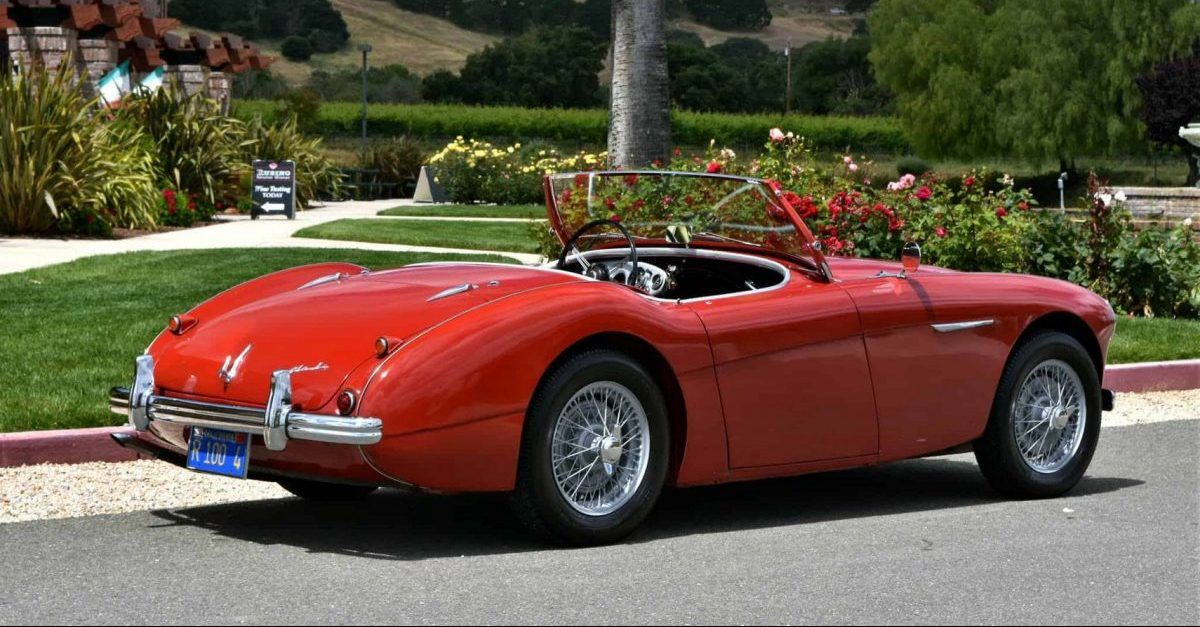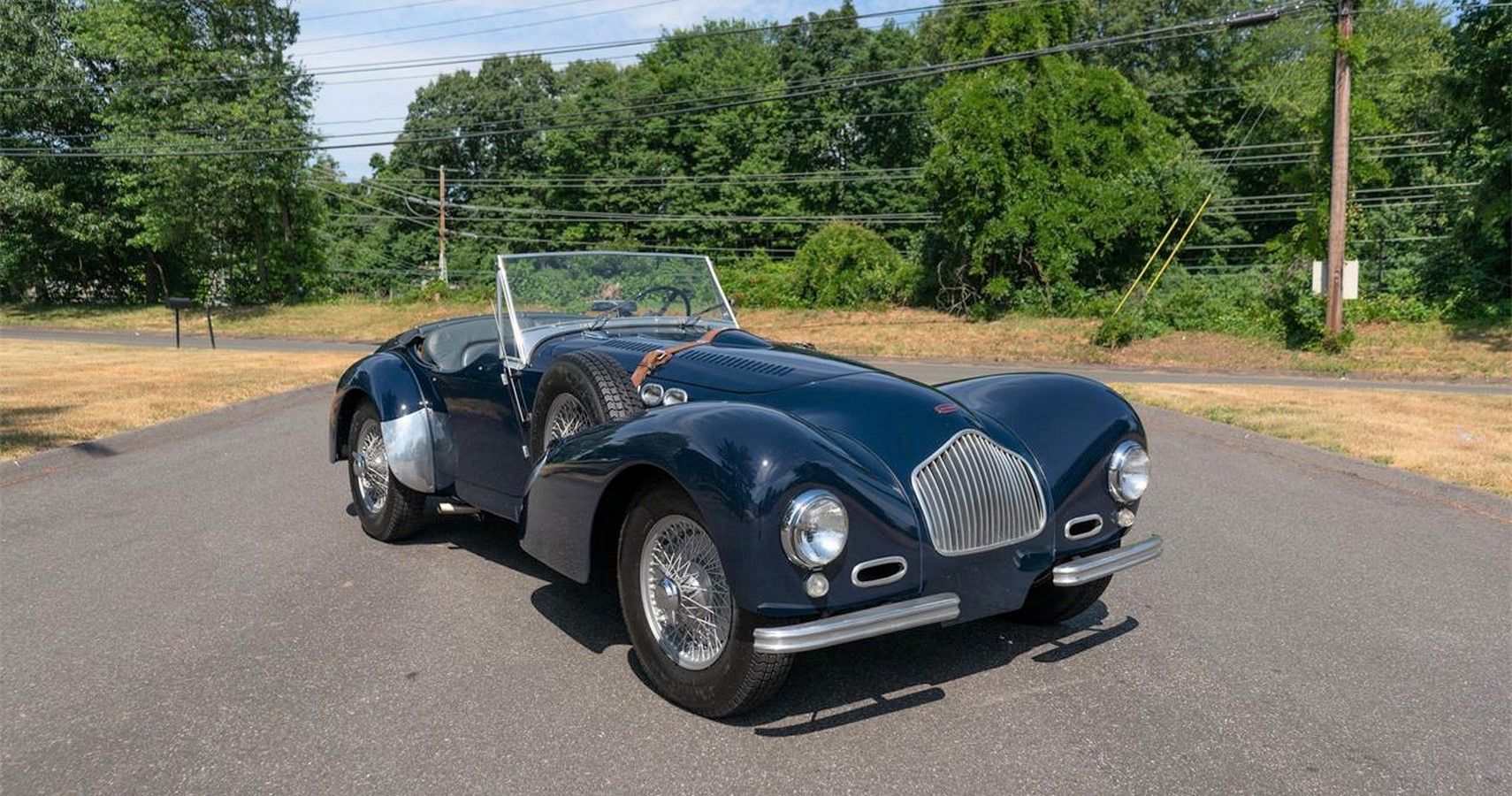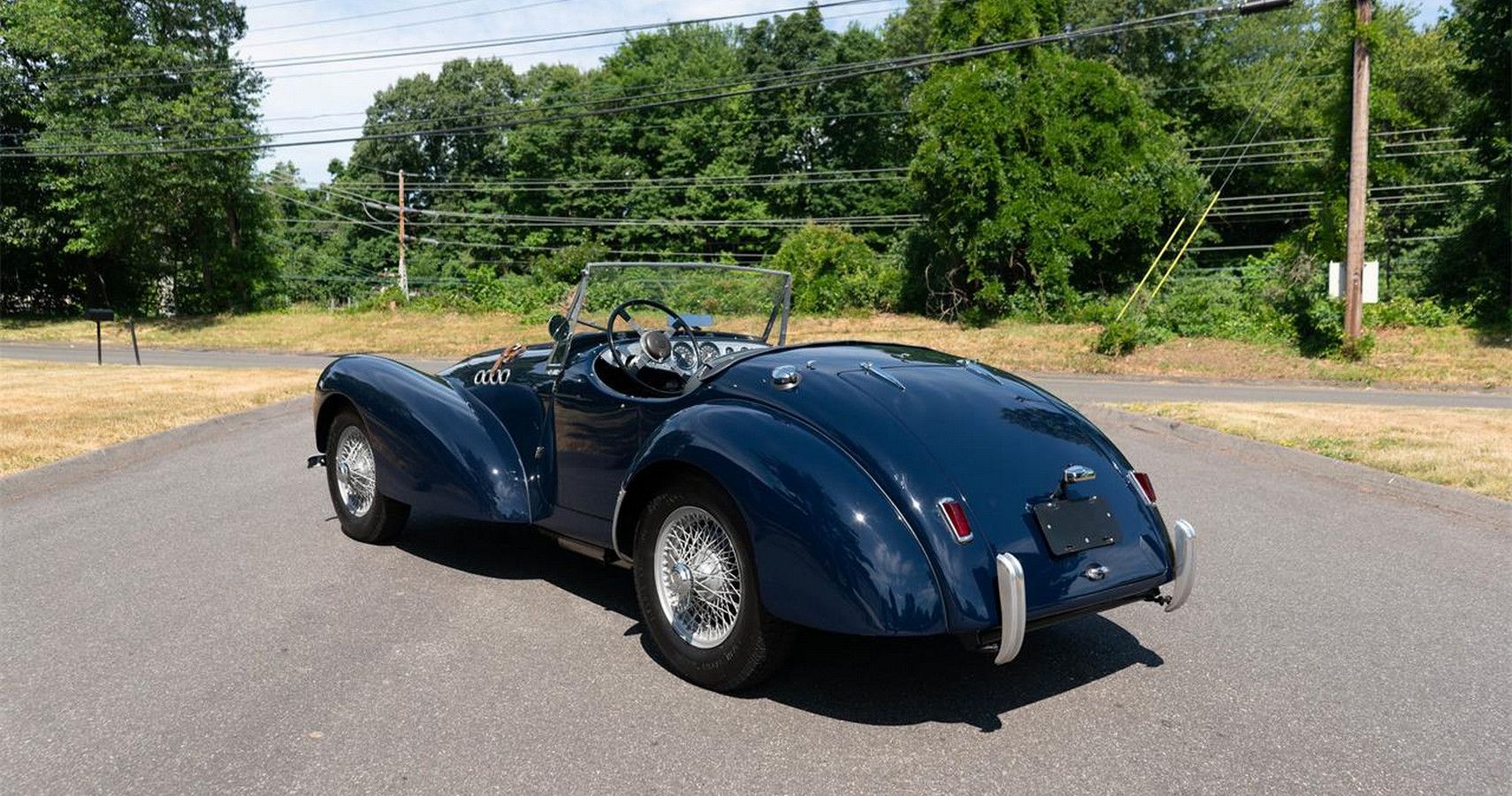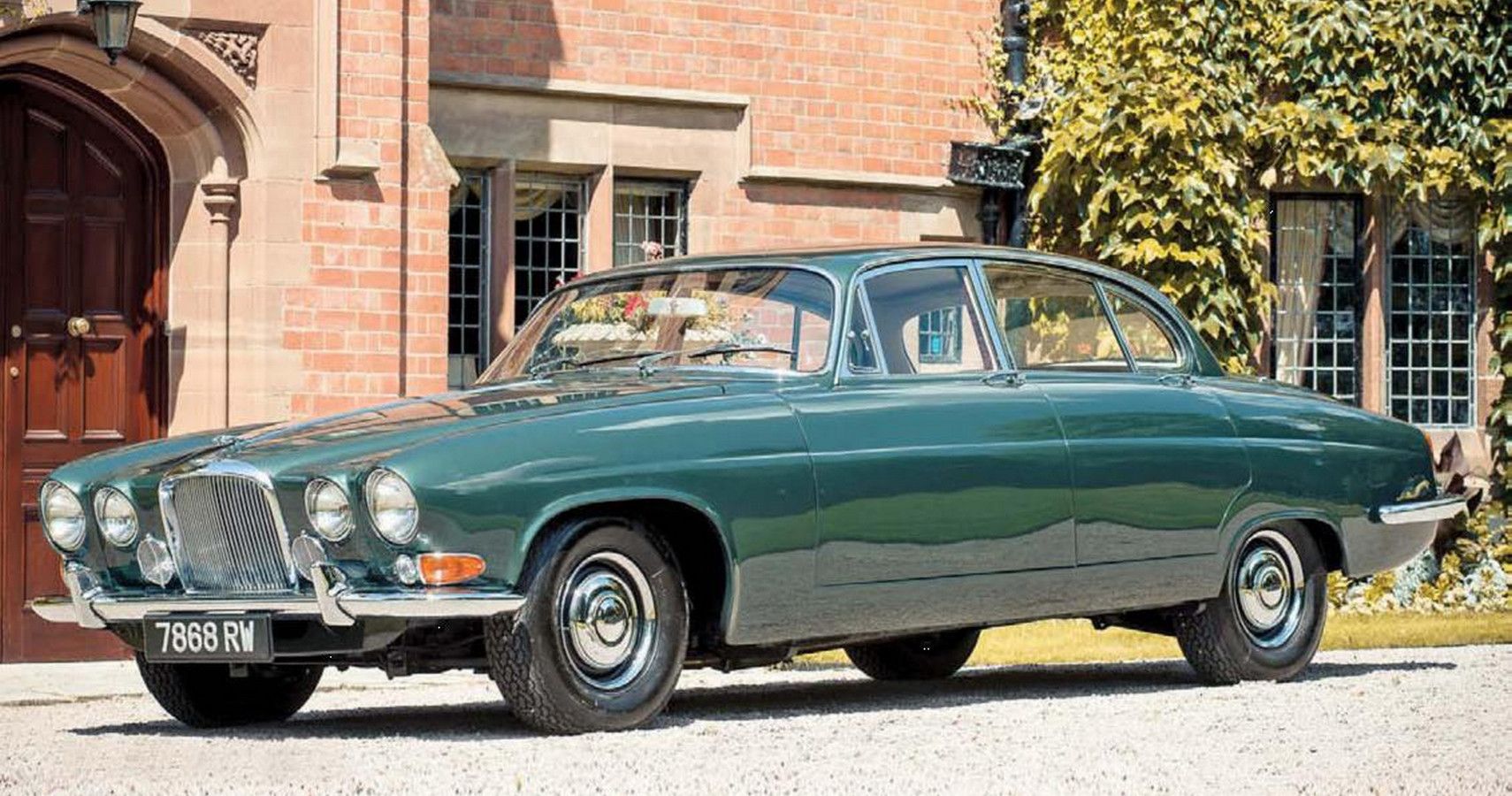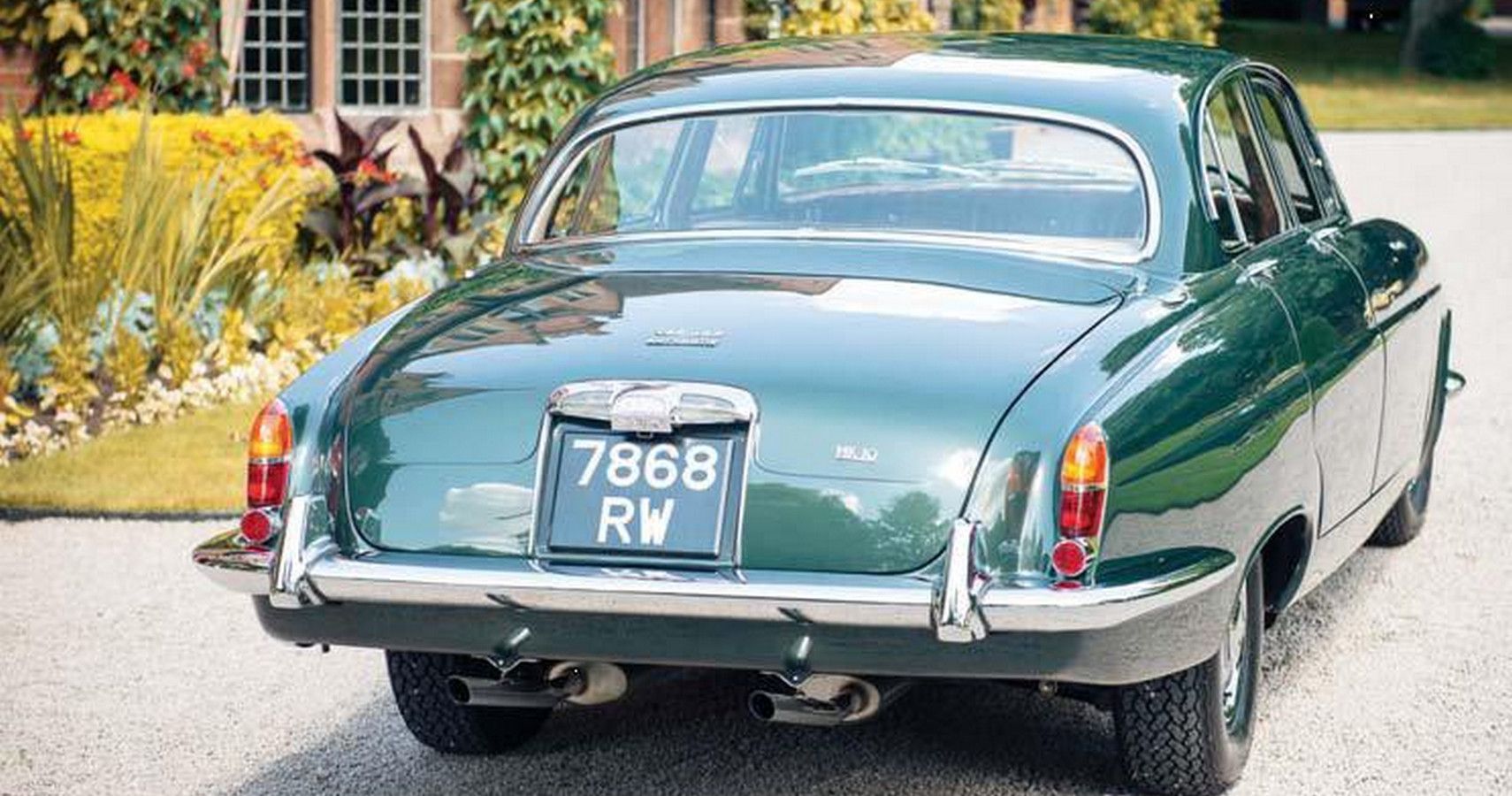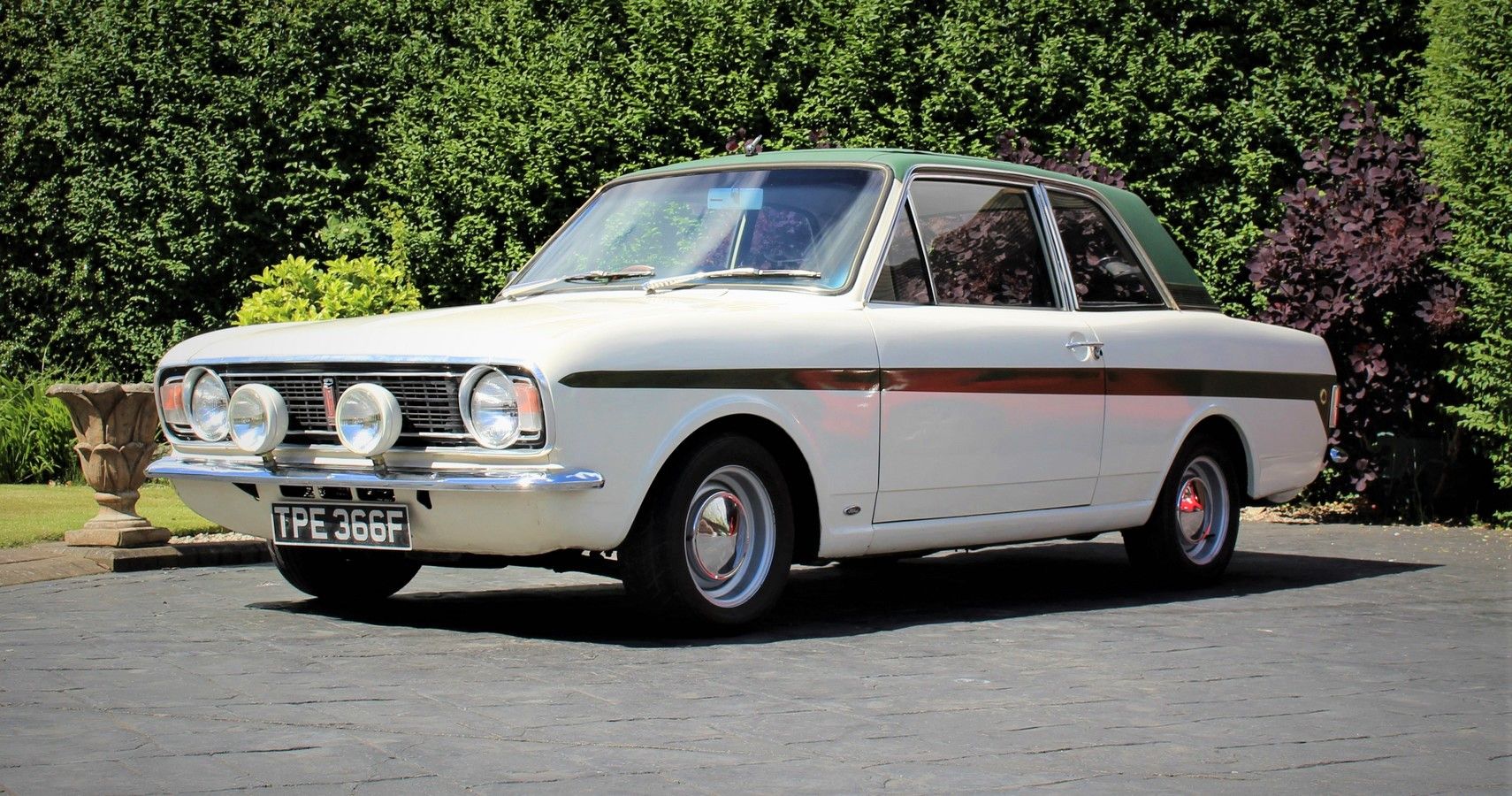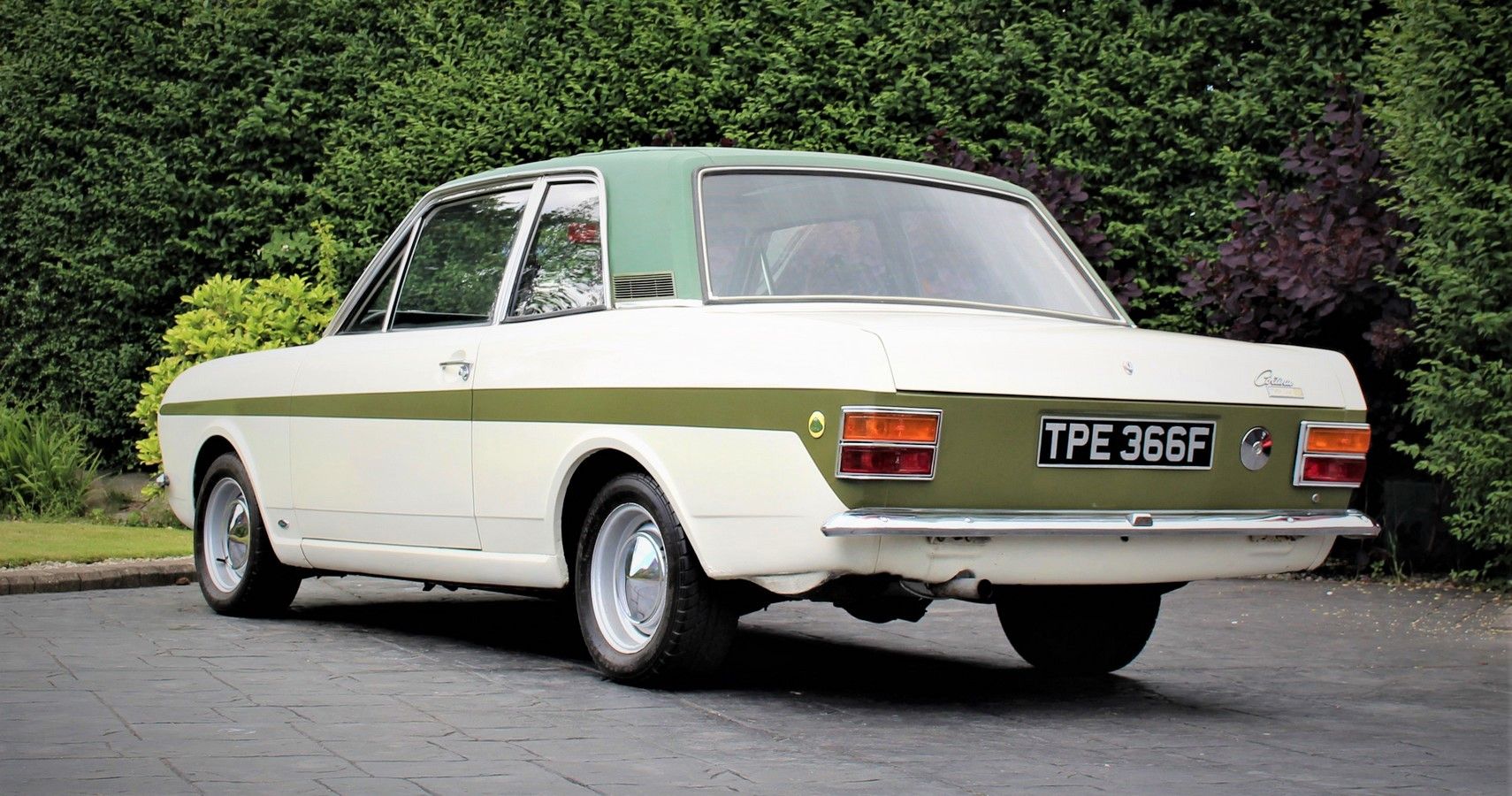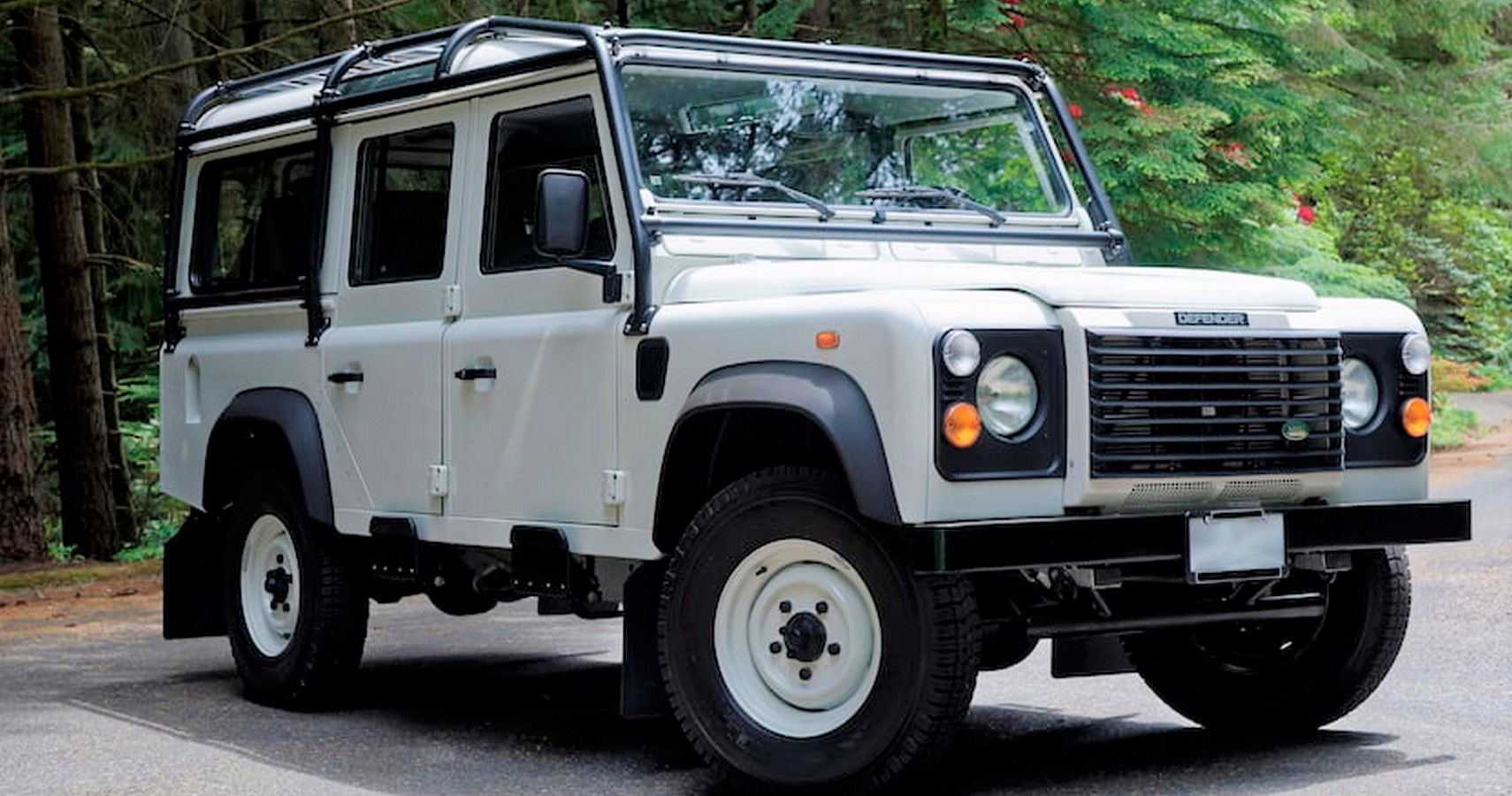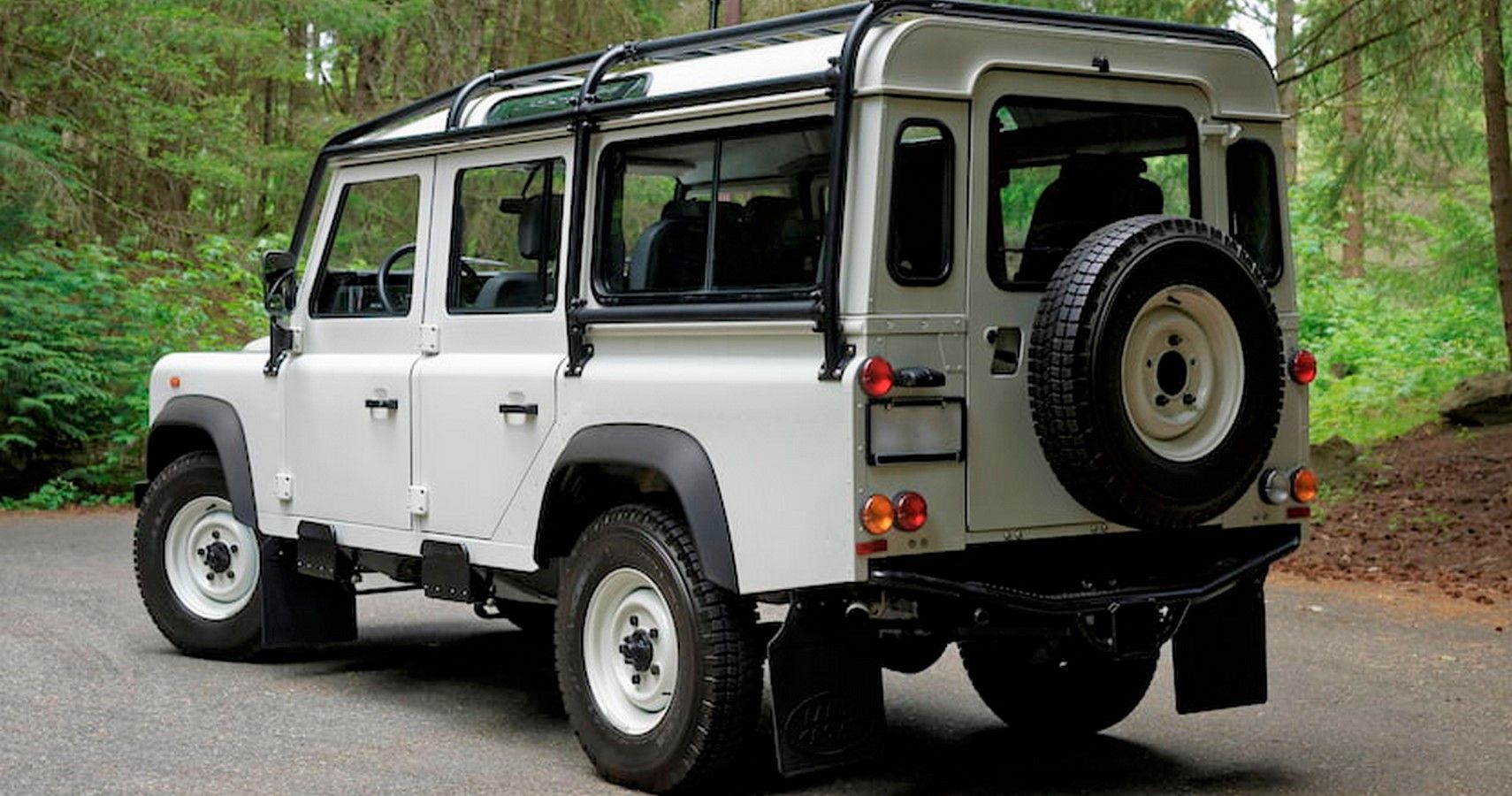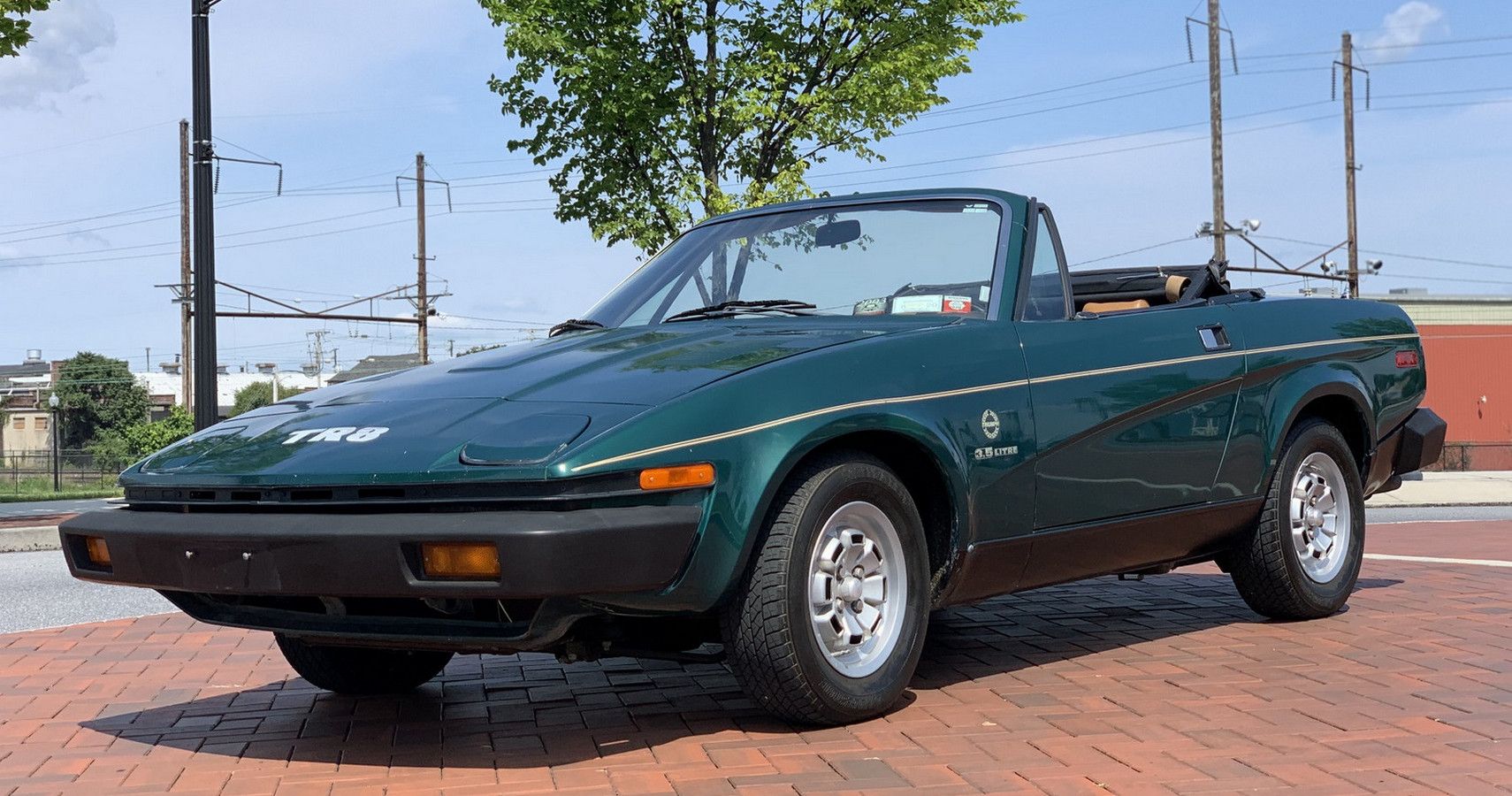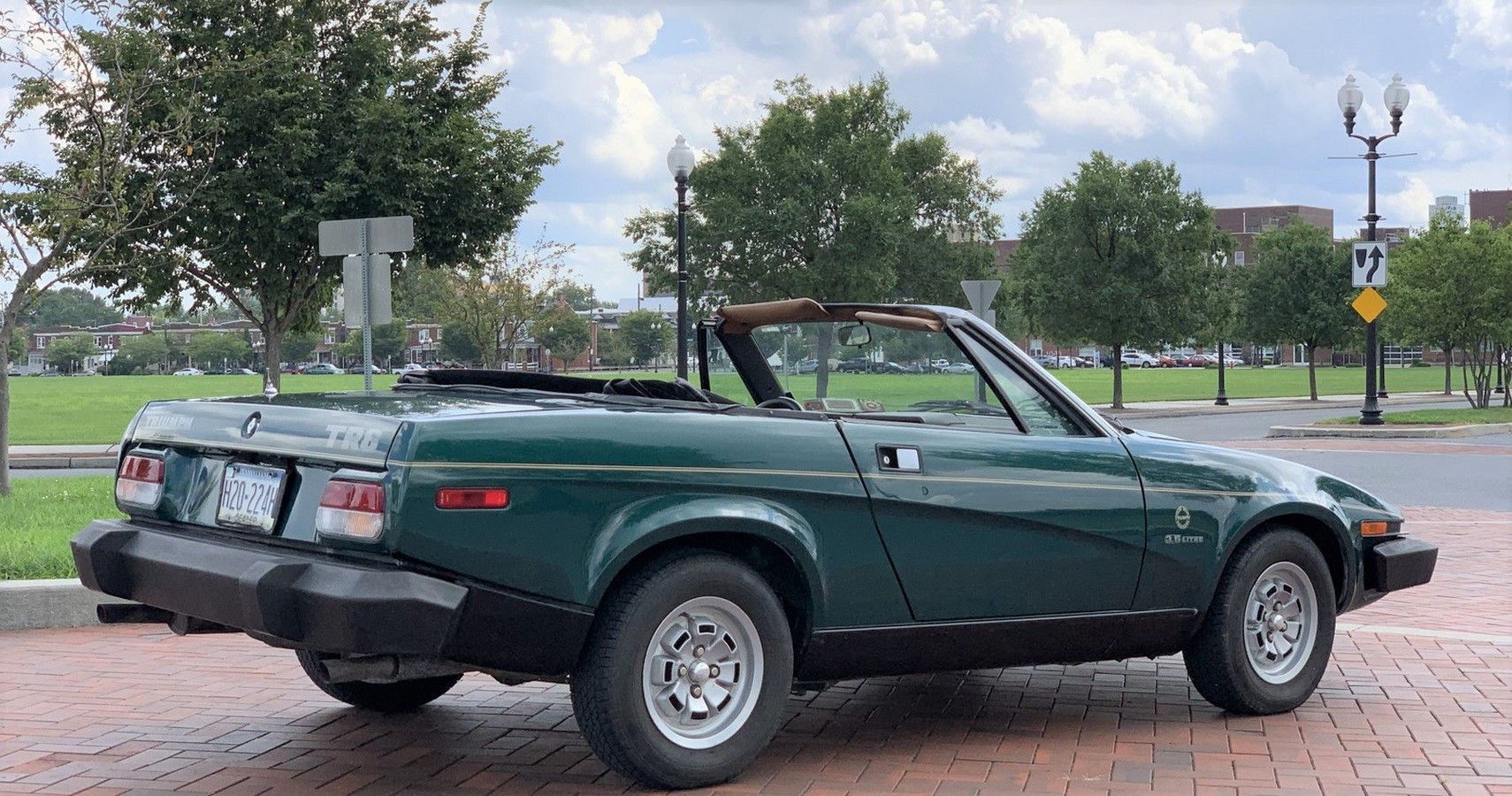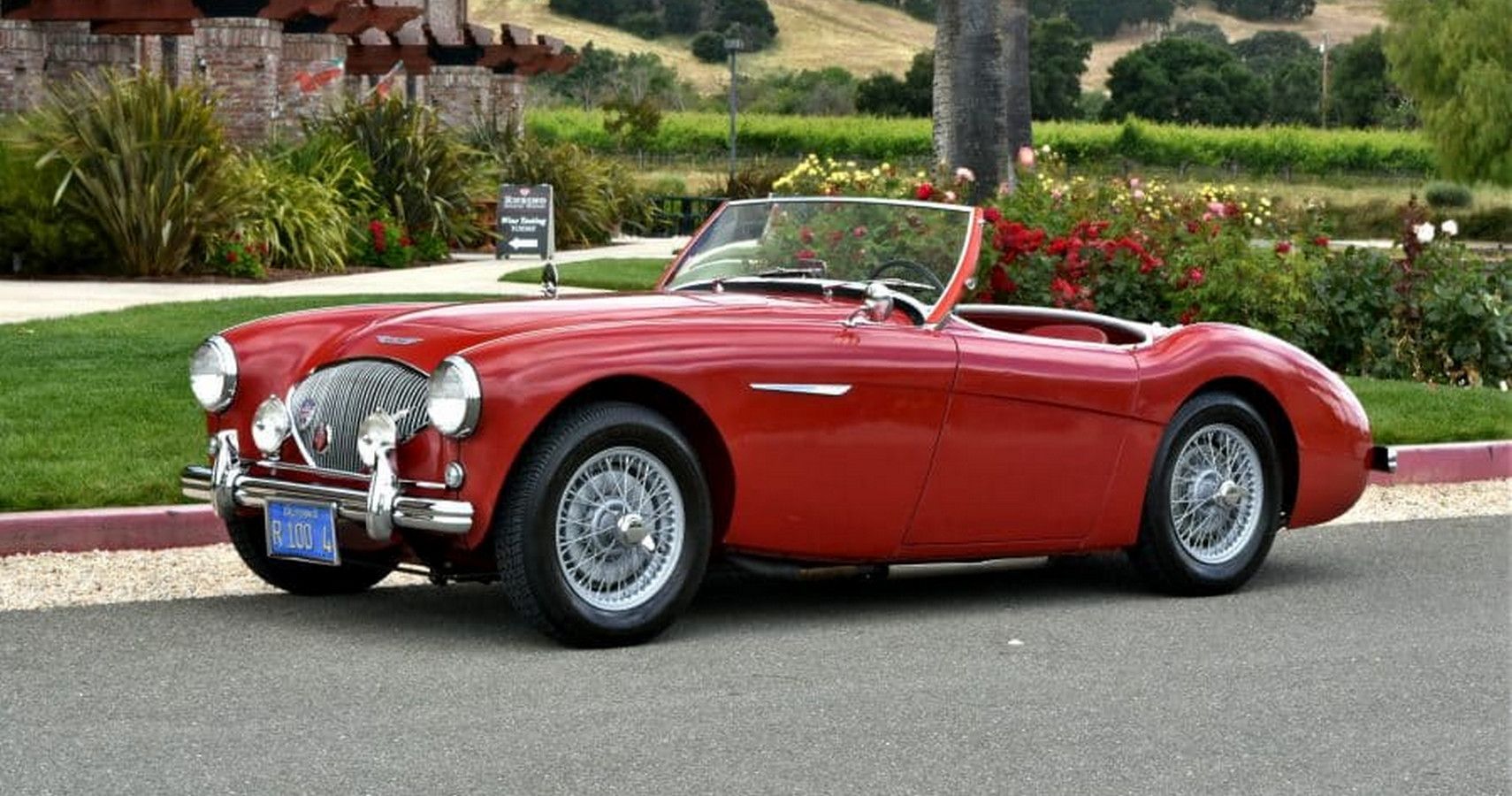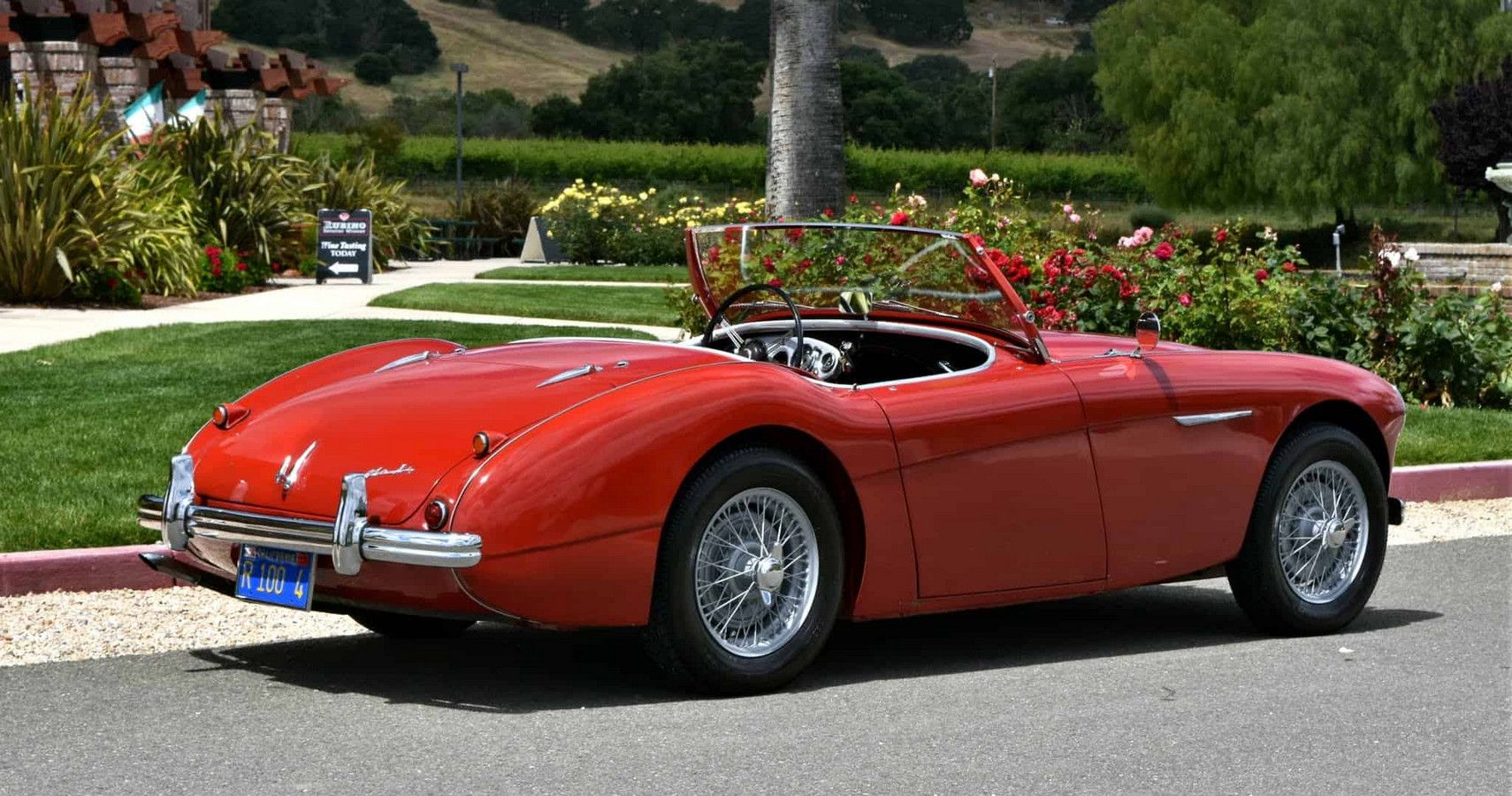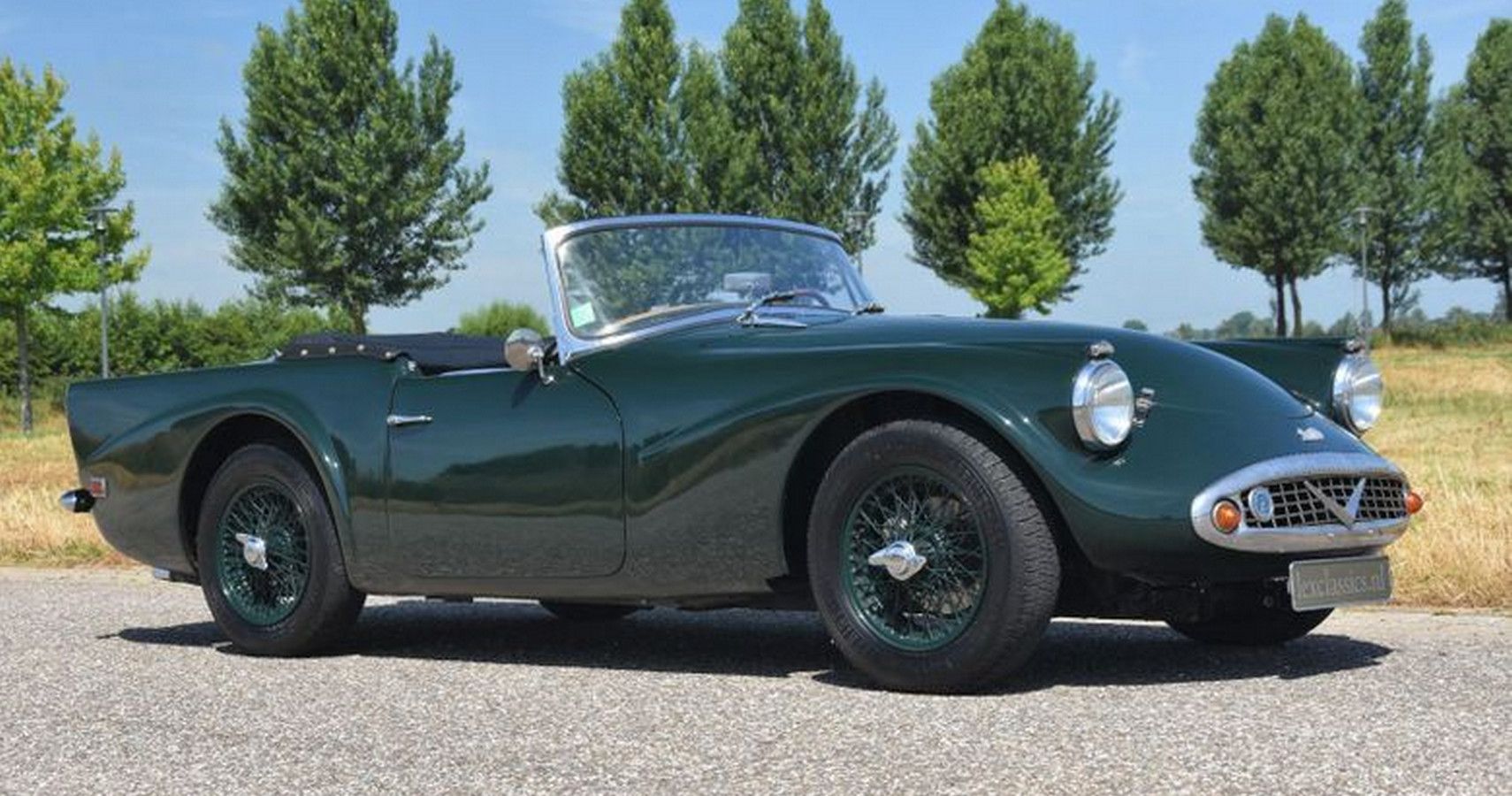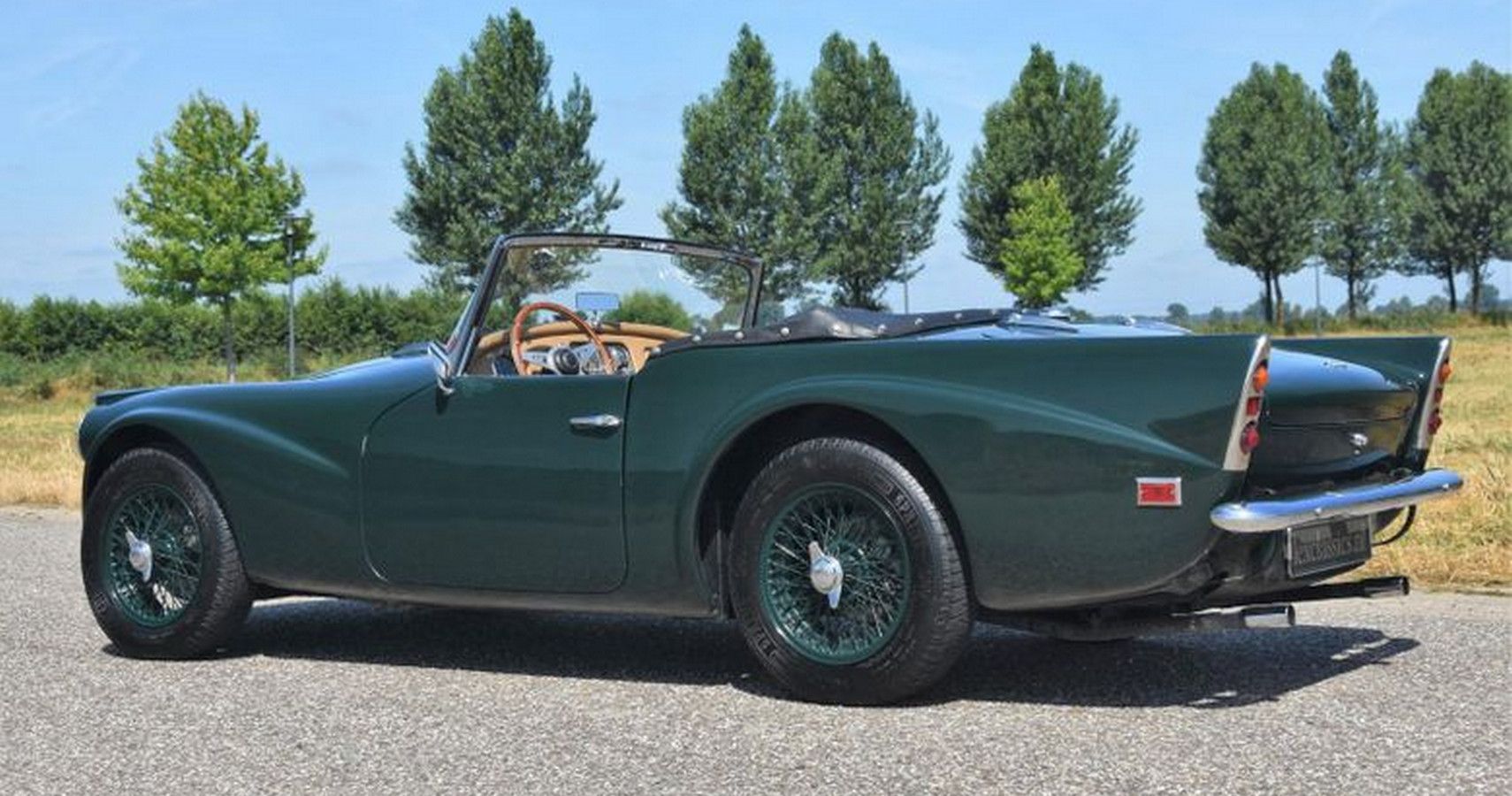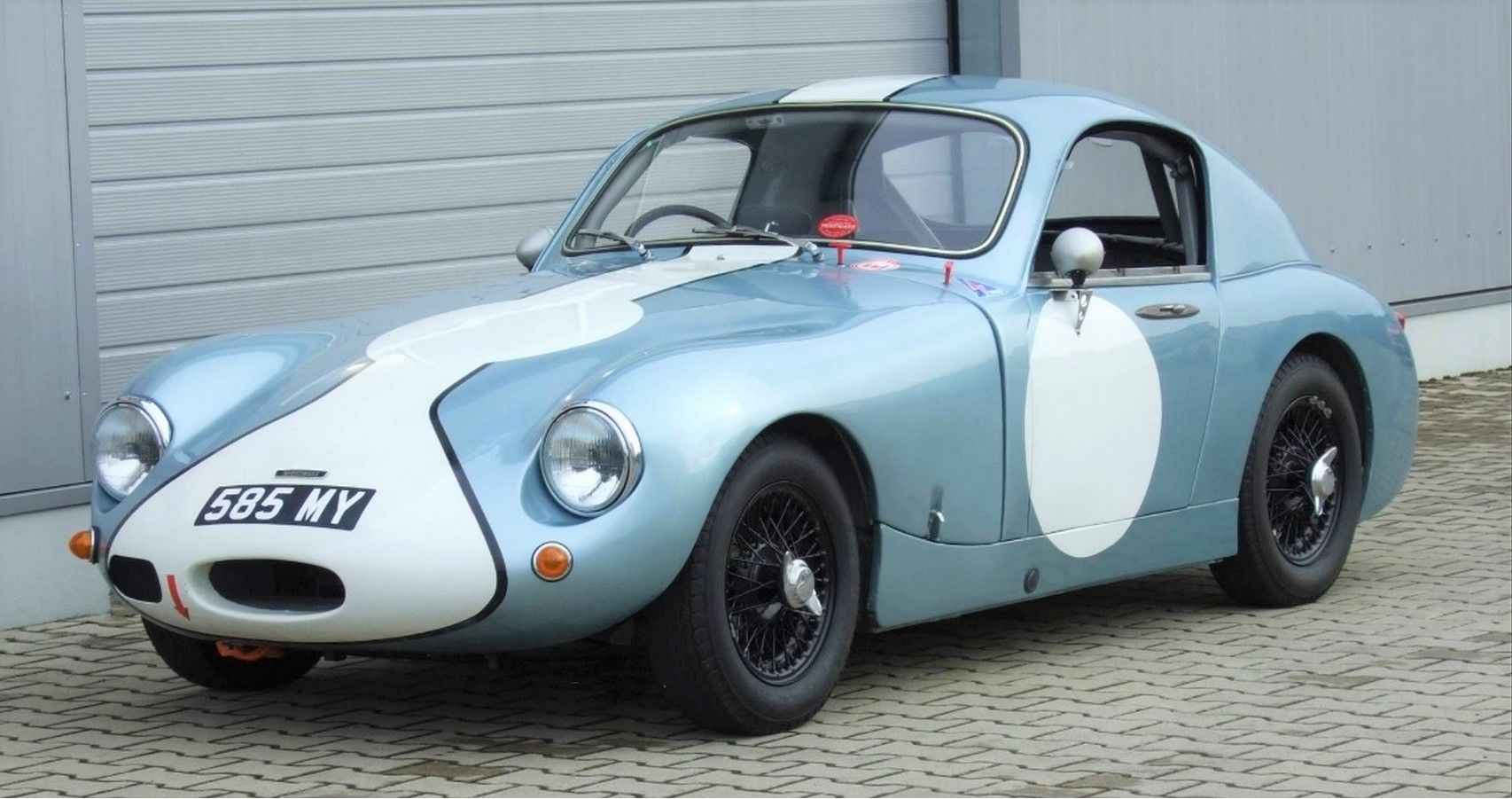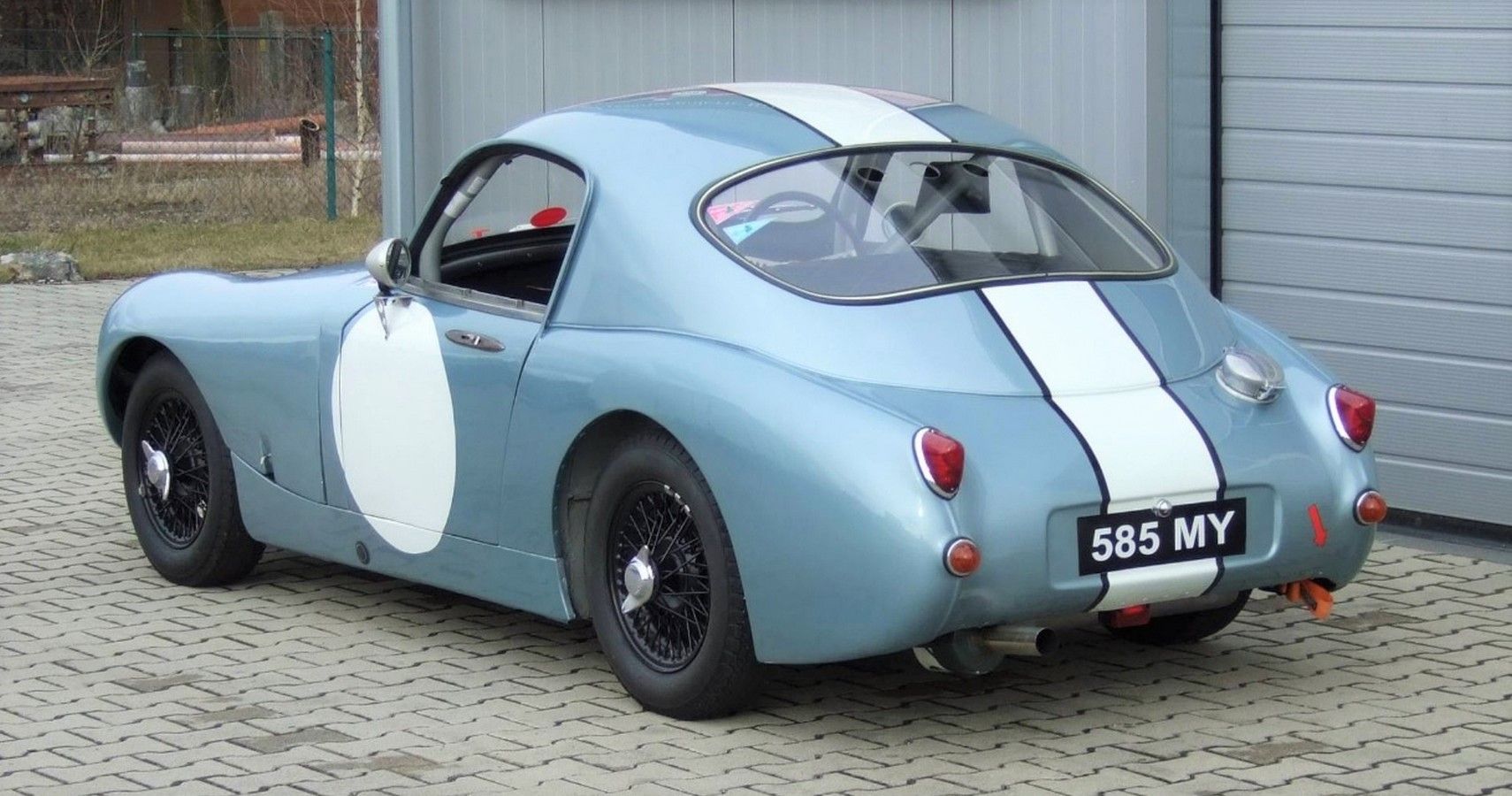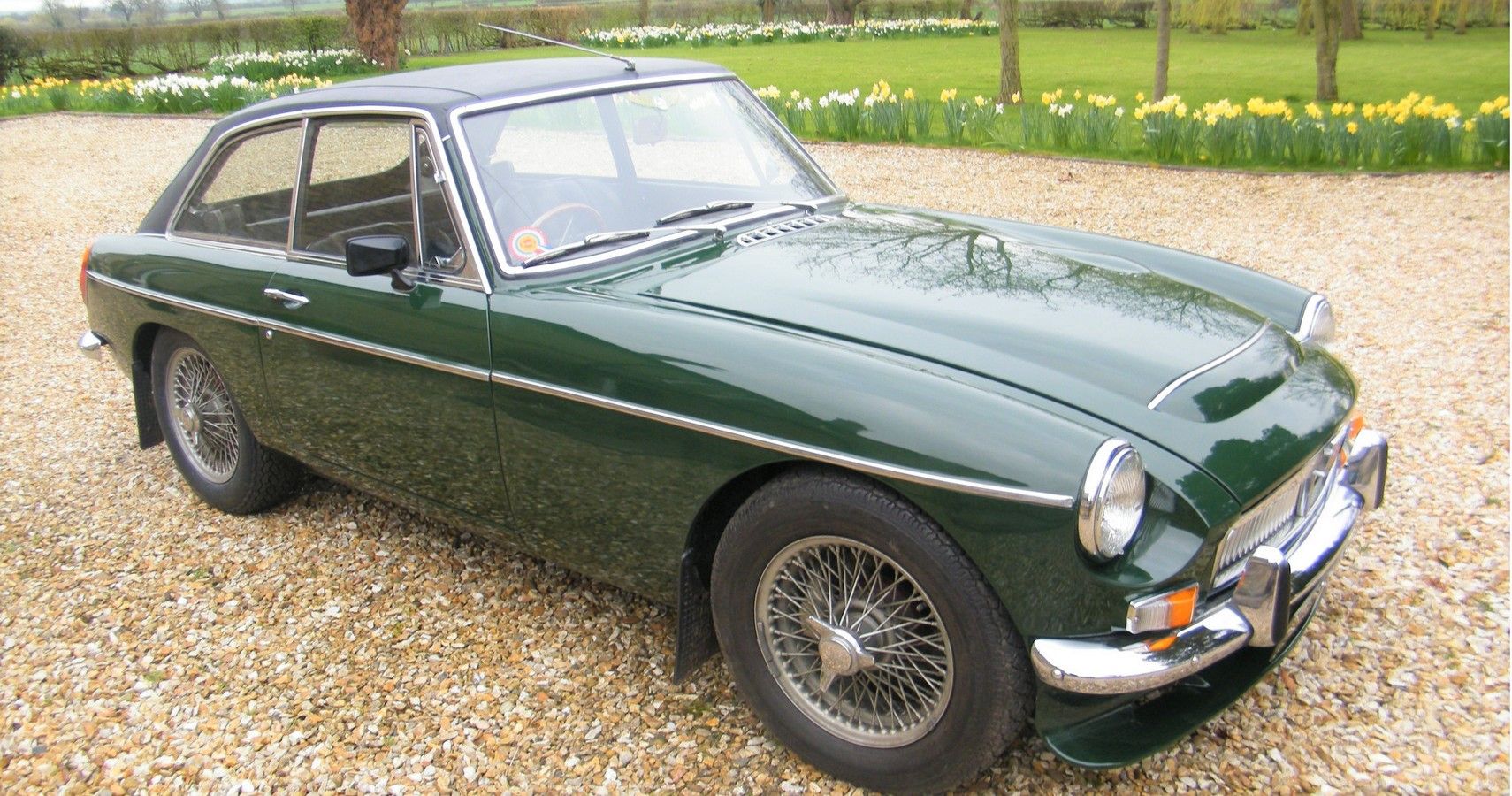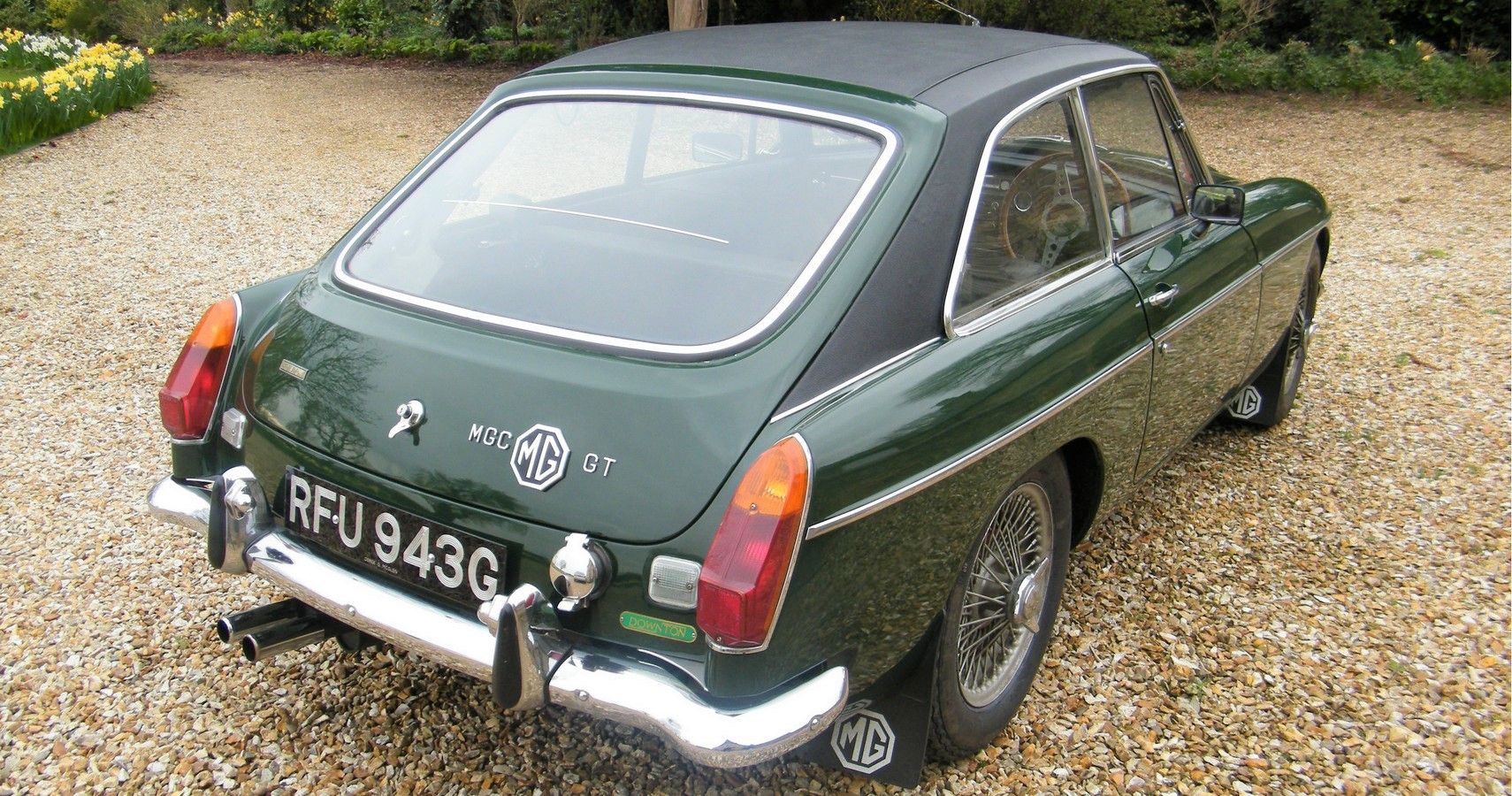Cars come and go all the time, many of which are just bog-standard production models that do little to gain any fame or success, with a little luck these uncared for cars become more interesting in later years, often becoming hugely expensive classic cars.
This brings us nicely onto Britain, home of some of the most loved and hated cars of all time. The truly awful among the bunch eventually (hopefully) ending up as scrap metal, leaving some great cars that are not always the headline grabbers gearheads think of first, but valuable nonetheless to some.
9 Allard K2 (1950-52) - Great Sports Car From Relatively Unknown Brand
Allard Motor Company founded in post-war Britain, working from a small factory in South West London isn't a name most gearheads will be aware of, let alone know any of the cars they produced.
Unless of course, you have a craving for the unusual, Allard built just 1900 cars before bankruptcy in 1958. The K2, like all cars bearing the Allard name, combined British lightweight chassis and American V8 engines, giving them tremendous power-to-weight. Production of the K2 spanned just 119 cars, the brand going noticed by many enthusiasts means that most wouldn't give the K2 a second glance, which is a pity, considering they're worth upwards of $150k today.
8 Jaguar MK X (1961-70) - Unloved Big Jaguar
Unless it's a Jaguar sports car or coupe big Jag's never really sold in the numbers they deserve. Take the Mk X for example, a luxuriously appointed sports sedan with classic swooping bodywork that defined Jaguars for decades managed to less than 14,000 cars.
Most desirable among gearheads today, the early 4.2-liter cars used the same 265hp engine from the E-Type and could achieve a maximum speed of 122mph and 60mph in 9.6-seconds, a decent figure for a big sedan. Only 5,137 of these big Jags were produced in 4.2-liter guise, few of which remain today explaining the opening bids of $40k for a clean example.
7 Lotus Cortina Mk II (1966-70) - More Blue Oval Than Lotus
Despite the success of its predecessor, the Mk 2 Lotus Cortina had little to do with the small British sports carmaker and would be built at Ford's Dagenham plant alongside standard production cars. Externally, aside from Lotus badging on the rear flanks, there was little to mark this early touring car out from other Cortinas.
Under the skin, there was a more powerful 1.6-liter 4-cylinder engine producing 109hp driving the rear wheels via a standard Ford Cortina 2000E transmission, a combo that meant it could reach a top speed of 104mph. With little input to the overall build, Lotus-tuned suspension provided the Cortina with its class-leading handling if not outright performance. History counts for a lot, with previous ownership adding to value, one recently fetching £200k with a famous previous owner.
6 Land Rover Defender 110 (1983-90) - From Mud-Plugger To Boulevard Cruiser
The original go-anywhere off-roader, Land Rover' Defender series in recent years had been discontinued and replaced with a newer more modern piece of machinery which has had an unexpected impact on older models. No longer just a mud-plugging all-wheel drive SUV, the Defender has attracted the attention of collectors and specialist restorers.
Picking up one of these early Defender 110s fully restored isn't going to be cheap, demand for clean examples fetch prices that would normally be associated with modern sports cars. A mint 1984 Arkonik example recently listed for $165k, which is almost three times as much as the current 2021 model.
5 Triumph TR8 (1978-81) - V8 Power Could Have Made All The Difference
From the very outset, Triumph faced an uphill challenge with TR7, its 70s wedge-shaped profile shouted performance its dated 4-cylinder engine just couldn't deliver. Adding further to Triumph's woes, poor build quality consigned the TR7 to history as one of the worst sports cars of all time.
However, every story has two sides, originally designed to accept Rover's 3.5-liter V8 engine, many believe the TR8 is the car Triumph should have produced from the beginning. Struggling to overcome a reputation that would deter most buyers, TR8 sales never reached their potential, a clean example is becoming hard to find, with prices starting at $35k.
4 Austin Healey BN1 (1953-56) - No Longer Overshadowed By Its Bigger Brother
On appearances, there is much about the BN1 to like a sleek two-seater body that looked exotic and modern, but lifting the hood would have been a major disappointment for early gearheads. Borrowing much of its chassis and drivetrain from the earlier A90, BN1s used the same 2.6-liter 4-cylinder motor rated at a mere 90hp.
Offering all the style of the more desirable Austin Healey 3000s without the associated running costs, earlier BN1 cars are fast approaching similar used values as their bigger engined cousins, expect to pay $60k+ for an original restored example.
3 Daimler SP250 (1959-62) - Lacked Reputation And Dealer Support In The US
Sporting tall rear fins, it was clear Daimler had their sights set on the lucrative US market. With a growing demand for European sports cars, what could go wrong? A lack of public image coupled with poor reliability, for which there was little dealer support, deeply impacted sales. In five years Daimler shifted just 2645 SP250s.
Ignoring the commercial failure, Daimler had at least gotten the engineering side correct. Its 2.5-liter V8 engine is one of the smallest of its kind ever produced, installed in what was at the time the first fiberglass-bodied sports car. With so few cars built, rarity increases prices, expect to pay between $45-60k.
2 Speedwell Sprite GT (1958-61) - Small Engine, Surprising Performance
Transforming Austin Healey's diminutive Sprite into a full-on track star might seem like an odd choice, the original with its tiny 950cc engine producing 43hp isn't the stuff performance junkies normally associate with competition use.
Small carmaker Speedwell knew all too well that power alone was not enough, weight and aerodynamics play an equally important role in overall performance. Stripped of its standard body, in its place a custom-made aluminum affair with improved aerodynamics, the Speedwell Sprite GT proved successful on many occasions. Just three Speedwell GT's are known to have been built, one of which is currently on sale in Germany for a staggering $166k.
1 MG MGC GT (1967-69) - More Power And Weight, Less Performance
Even in the 60s, carmakers would try anything to get owners to buy their new products. The MG MGC GT aimed at existing Austin Healey 3000 owners, promising better handling and performance. In a nutshell, it was all lies.
Launched in 1967, the MGC GT was nothing more than a modified version of the MGB equipped with a larger engine that added power but not performance. Fitted with a heavier 3-liter in-line 6-cylinder unit offset any power gains, with top speed slightly slower than the outgoing Healey 3000. A general lack of interest killed the MGC off two years later. These rare MGs are highly sought after today with prices hovering around $50k

